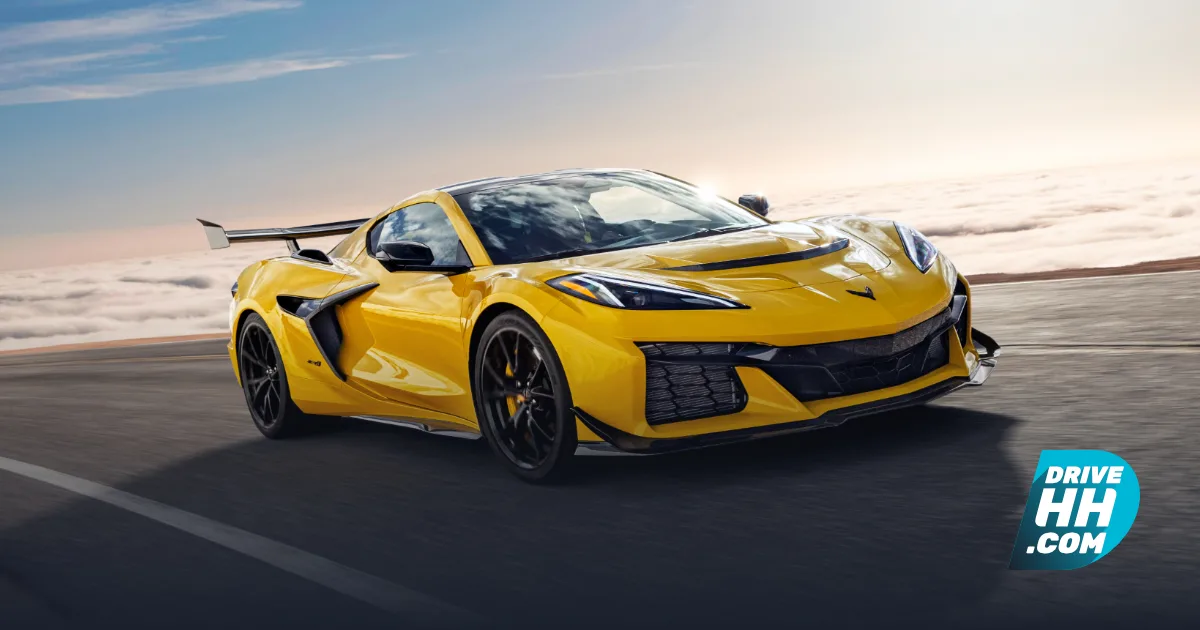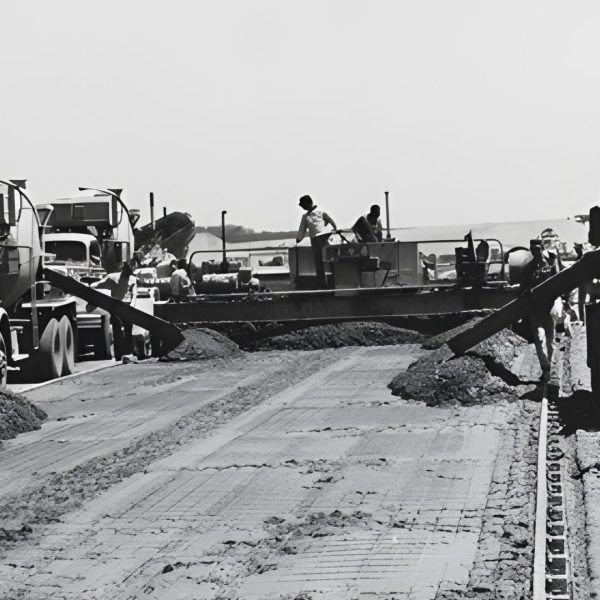Living in Omaha means you’ve got the best of both worlds – city conveniences and easy access to some incredible outdoor adventures.
Whether you’re planning weekend trips to the Sandhills, hauling gear to Lewis and Clark Lake, or just want something that can handle our unpredictable Nebraska weather, choosing between the 2025 Jeep Wrangler and 2025 Jeep Gladiator isn’t always straightforward.
Both vehicles are built on the same legendary Jeep foundation, but they’re designed for different lifestyles.
After spending time with both, here’s what every Omaha driver should know before making their choice.
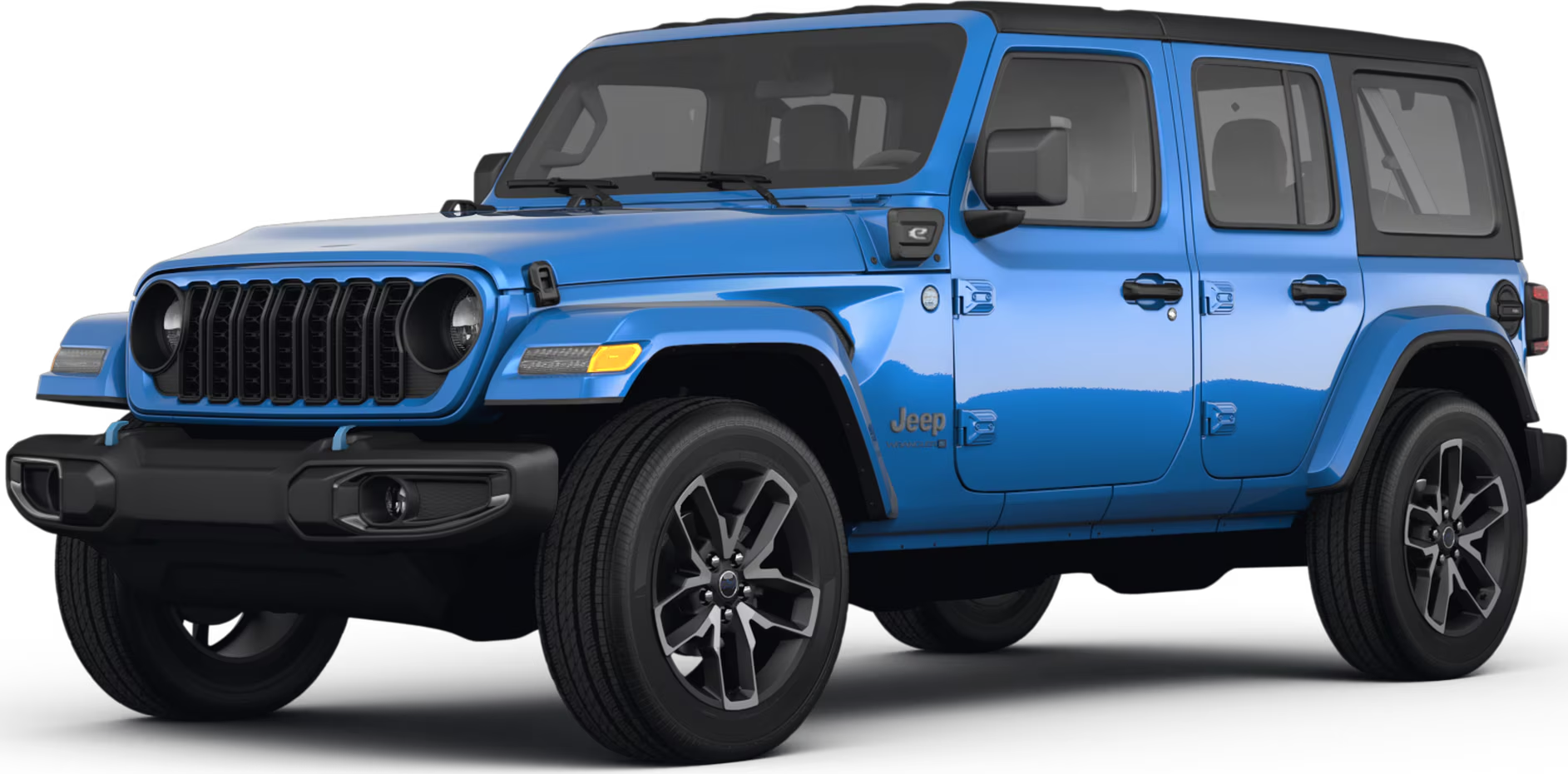
Legendary off-road capability with modern tech
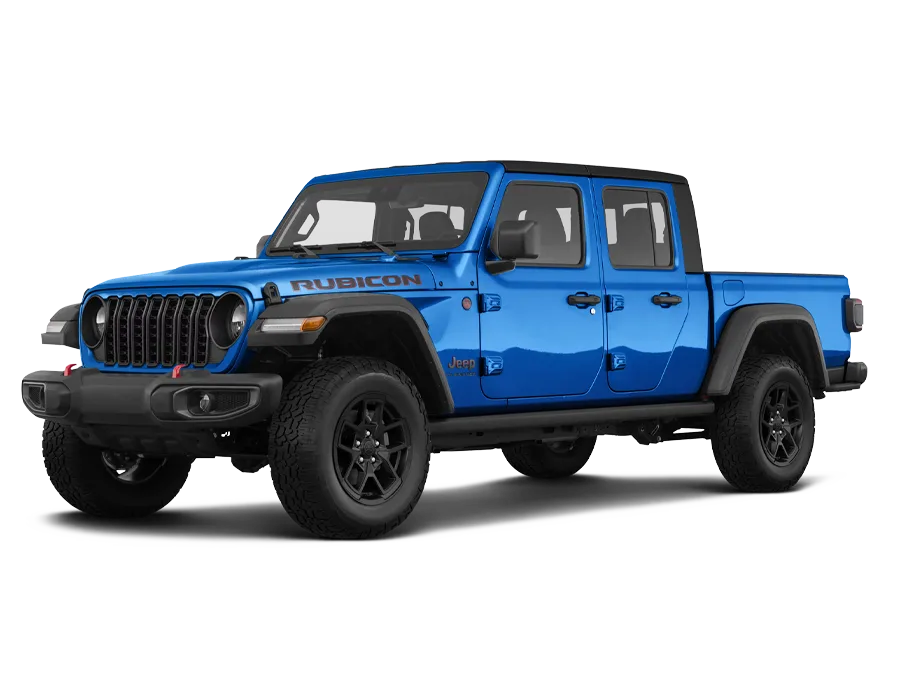
Rugged off-road prowess with the versatility of a midsize pickup
The Real Difference: Adventure SUV vs Work-Ready Pickup
Here’s the thing – from the front doors forward, these Jeeps are practically twins. Same iconic seven-slot grille, same removable doors and roof that make summer drives down Dodge Street feel like a vacation.
But step back and look at the whole picture, and you’ll see they’re built for different purposes.
The Wrangler is your classic adventure vehicle. It’s compact, nimble, and ready for anything from muddy trails near Ashland to rocky paths in the Black Hills.
The Gladiator? It’s what happens when you take all that Wrangler capability and add a truck bed that can actually haul your kayaks, camping gear, or that new riding mower from Nebraska Furniture Mart.

Power and Performance: What Works in the Real World
Wrangler Engine Options The standard 3.6-liter V6 puts out 285 horsepower – plenty for most situations, including merging onto I-680 or climbing those hills around Fontenelle Forest. If you want something sportier, there’s a 2.0-liter turbo that delivers 270 horsepower but with more torque (295 lb-ft) for better acceleration.
For those who want serious power, the Rubicon 392 packs a 6.4-liter V8 with 470 horsepower. It’s overkill for daily driving, but if you’ve ever wanted to feel like you’re driving a monster truck to work, this is your chance.
Gladiator Power The Gladiator keeps things simple with one engine choice: that same 3.6-liter V6. It’s reliable, proven, and has enough grunt to tow a decent-sized boat to Lake McConaughy. Plus, Jeep’s planning a hybrid version for later in 2025, which should help with gas mileage – something we all care about.
Transmission Changes Here’s something important for 2025: all Gladiators now come with automatic transmissions only. The manual option is gone. If you’re someone who loves shifting gears yourself, the Wrangler still offers that choice on certain trims.
Towing and Hauling: Where the Gladiator Shines
This is where the trucks really separate. The Gladiator can tow up to 7,700 pounds – that’s a decent-sized travel trailer or a couple of ATVs on a trailer. The Wrangler tops out around 3,500-5,000 pounds depending on how it’s equipped.
For most Omaha families, the Wrangler’s towing capacity handles boats, small campers, and utility trailers just fine. But if you’re thinking about upgrading to a larger RV or need to haul construction materials for weekend projects, the Gladiator is the clear winner.
The Gladiator’s truck bed is legitimately useful too – 5 feet long with over 35 cubic feet of space. That’s room for lumber, mulch for the yard, or all your tailgating gear for Husker games.
Size and Practicality: Maneuvering Around Town
The Wrangler is noticeably more compact, which matters more than you might think. Parking downtown near the Old Market? The Wrangler’s shorter length makes it easier. Navigating tight trails at Platte River State Park? Again, the Wrangler wins.
The Gladiator is about 30 inches longer, which isn’t huge, but you’ll notice it in parking garages and when making U-turns. The trade-off is more rear-seat legroom – your passengers will definitely appreciate that on longer drives.
Technology That Actually Matters
Both Jeeps come with a 12.3-inch touchscreen running Jeep’s Uconnect 5 system. It’s one of the better infotainment systems out there – easy to use, responsive, and it includes wireless Apple CarPlay and Android Auto. No more fumbling with cables when you jump in.
For off-road adventures, both have trail guides and terrain monitoring. The Gladiator adds some work-truck features like auxiliary switches and trailer controls, while the Wrangler focuses more on adventure-specific tech.
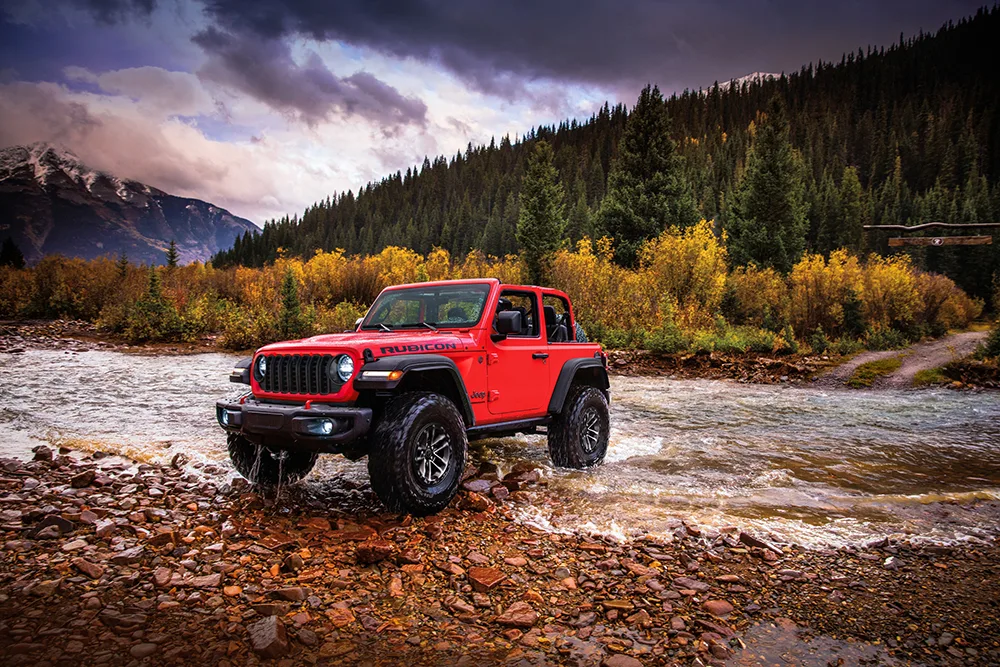
Off-Road Reality Check
Both vehicles earn Jeep’s “Trail Rated” badge, which means they can handle serious off-road conditions. In Nebraska, that translates to muddy farm roads, sandy river access points, and those surprisingly challenging trails in our state parks.
The Wrangler Rubicon is the rock-crawling champion with features like locking differentials and disconnecting sway bars. It’ll climb over obstacles that would stop most vehicles. The Gladiator Rubicon has similar capabilities but trades some agility for stability.
If you’re more into high-speed adventures – think sand dunes or forest service roads – the Gladiator Mojave is specifically tuned for that kind of driving.
Fuel Economy: The Reality Check
Let’s be honest – neither of these vehicles will win any fuel economy awards. The Wrangler averages around 19 mpg combined with the standard V6, and the Gladiator gets similar numbers.
The game-changer is the Wrangler 4xe hybrid, which gets an EPA-estimated 49 MPGe and can run on electric power alone for short trips around town. For Omaha commuters, that could mean running errands on electricity and saving gas for weekend adventures.
Pricing: What You’ll Actually Pay
Wranglers start around $31,000 for basic models, but most people end up in the $40,000-50,000 range once they add the features they want. The Gladiator starts at about $40,000, which is actually $3,000 less than last year.
Both vehicles hold their value well compared to most vehicles – something to consider if you plan to trade up in a few years.
The Bottom Line: Which One Fits Your Life?
Choose the Wrangler if:
- You want the most capable off-road vehicle possible
- Parking and maneuverability in the city matter to you
- You like having multiple engine options (including hybrid)
- You don’t need to tow anything heavy regularly
- You want to spend less upfront
Choose the Gladiator if:
- You need a truck bed for work, hobbies, or hauling stuff
- Towing capacity over 5,000 pounds is important
- You want something unique (it’s literally the only convertible pickup truck)
- You don’t mind paying extra for truck capability
- Passenger space is a priority

Legendary off-road capability with modern tech

Rugged off-road prowess with the versatility of a midsize pickup
Final Thoughts
Both of these Jeeps will handle everything Nebraska throws at them – from winter storms to summer adventures. The Wrangler is the purist’s choice if you want maximum off-road capability in a maneuverable package. The Gladiator is perfect if you need that same capability but also want the practicality of a pickup truck.
Either way, you’re getting a vehicle that can take you places most others can’t. Whether that’s exploring the backroads around Brownville or hauling your gear to the Missouri River, both will get the job done with style.
The real question isn’t which one is better – it’s which one fits your lifestyle better. Take some time to think about how you’ll actually use it, and the choice will become pretty clear.


